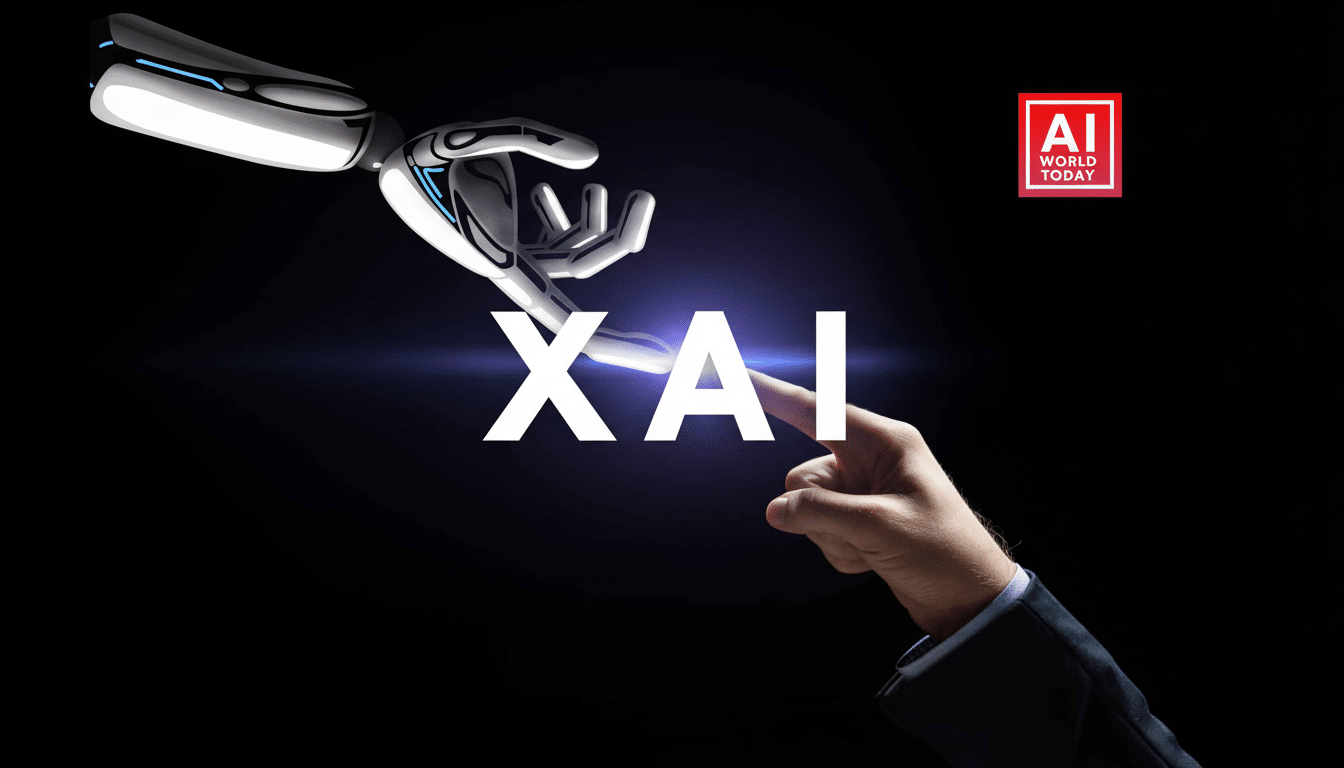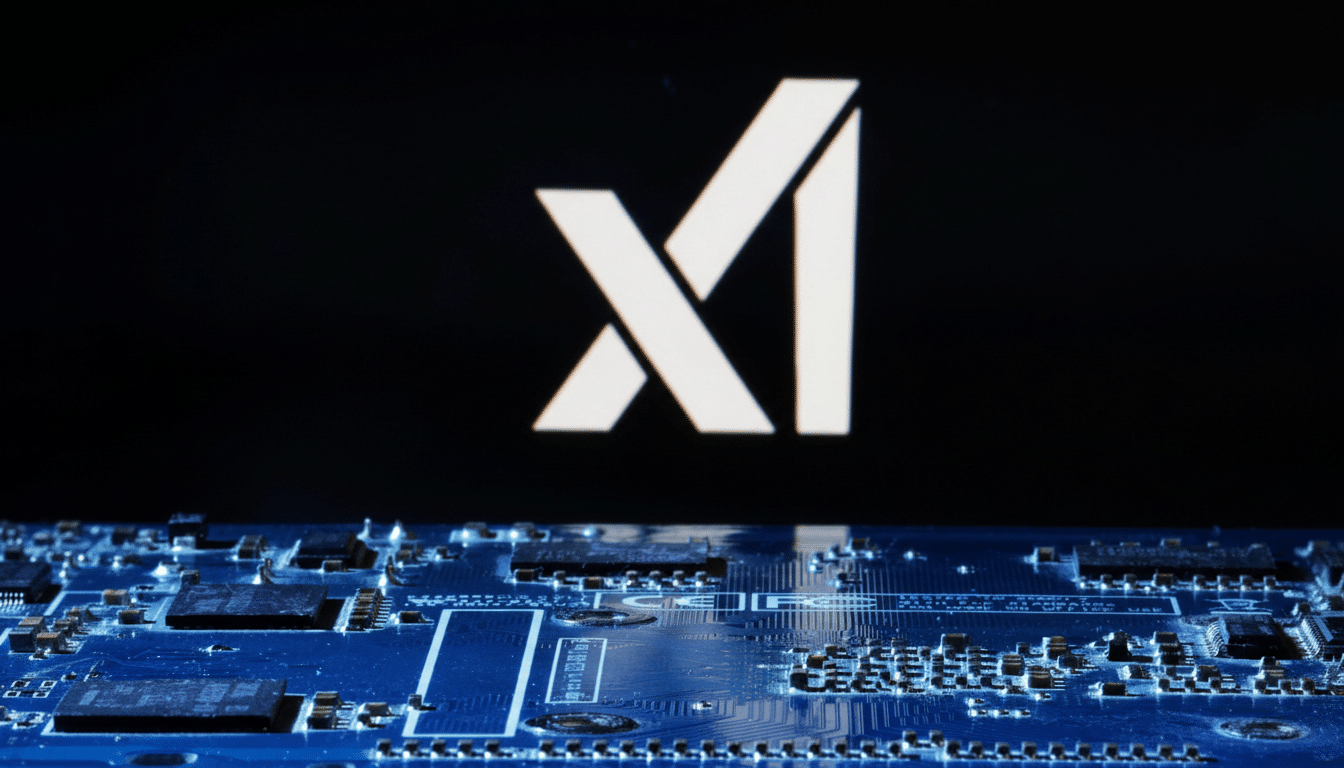xAI has appointed Anthony Armstrong, a former Morgan Stanley banker who advised Elon Musk on the Twitter acquisition, as its chief financial officer, the Financial Times reported. Armstrong will oversee both xAI and X as the two groups draw closer together, according to the report, with X’s current finance head, Mahmoud Reza Banki, believed to be leaving.
The hire fills an important leadership hole after the former finance head of xAI, Mike Liberatore, left in July. It’s also occurring at a time of significant senior churn throughout the Musk galaxy, and it stands out for placing an experienced capital markets operator in place to firm up planning, cinch up controls, and gear up the company for its next growth phase.

Why this CFO appointment matters for xAI’s next phase
xAI raised $6 billion in 2024, which granted the startup substantial but limited runway for model training, buying compute, and launching products. Running the latest model now routinely costs hundreds of millions of dollars — and analysts at Epoch AI and SemiAnalysis estimate that compute alone can range from $100 million to well over $1 billion for the most advanced systems.
Those economics make a veteran CFO mission-critical. Armstrong’s experience in assembling complex financings ought to assist xAI in its choices, including multi-year supply of GPUs, data center leasing and power contracting obligations, cloud-committed uses, and potential vendor financing. He will also play an integral role in planning future equity or debt raises, and shaping investor relations as the company scales its family of Grok model products and enterprise offerings.
The broader market backdrop puts the stakes into perspective. Meta has raised its annual capital expenditures guidance to the $35–$40 billion range primarily for AI, and Microsoft is indicating tens of billions in AI-driven capex run-rate expansion. Put simply, the AI leaders are competing for access to compute, power, and high-end chips — areas where disciplined treasury and procurement practices can make a difference.
A unified finance chief overseeing both xAI and X
According to the Financial Times, Armstrong will be in charge of finances for both xAI and X as the AI research startup becomes even further intertwined with the social platform where xAI’s Grok assistant serves as a major perk for members. An integrated finance function can also facilitate decisions regarding shared infrastructure in a more strategic manner, aligning subscription and data monetization strategy more effectively, and preventing duplicated spend as businesses scale.
X is seeking to diversify beyond advertising through subscriptions, data licensing, and creator tools as ad sales have come under pressure after the 2022 ownership change. That mix requires the new CFO to weigh X’s cash-generation priorities against xAI’s investigative and compute-heavy roadmap, and in communicating to all staff its ability to back shared product bets alongside both businesses.

Executive shake-up names the key players and moves
xAI’s appointment of Armstrong comes as the company seeks to replace a number of high-profile departing creators. Besides Liberatore, xAI’s general counsel, Robert Keele, as well as senior lawyer Raghu Rao, left the firm in August. Igor Babuschkin, an xAI co-founder, has also left to launch a venture fund focused on AI safety. On the X side, its former CEO Linda Yaccarino resigned in July. Hiring a heavyweight CFO suggests an effort to put drift behind and strengthen control over finance, risk, and compliance.
Armstrong’s record and mandate across xAI and X
Armstrong had spent years advising technology and media companies on multimillion-dollar deals at Morgan Stanley, including Musk’s $44 billion take-private of Twitter. It so happens that experience — in leveraged finance and deal execution as well as investor messaging — is a terrific mirror for the challenges xAI confronts on scarce compute, long-dated capex structures, and posing a credible path from research to revenue.
In the near term, count on his priorities to include multi-year GPU and power purchasing, more diversified suppliers, tighter spend visibility against model training cycles, and scenario planning that connects model releases to revenue milestones. On the governance front, standardizing internal controls and audit readiness for xAI and X will be critical to aid in future fundraising or potential public-market optionality.
What to watch next as xAI aligns finances with growth
Key signals to watch will be whether xAI pursues more capital, seeks large-scale compute and data center deals, or specifies operating boundaries between itself and X. Leadership stability and talent retention will also be in the spotlight as the company preps for its next Grok iterations and enterprise integrations.
News of the appointment was reported earlier by the Financial Times. Representatives from both companies were not immediately available for comment, and neither had publicly released statements concerning the transition at the time of publication.

